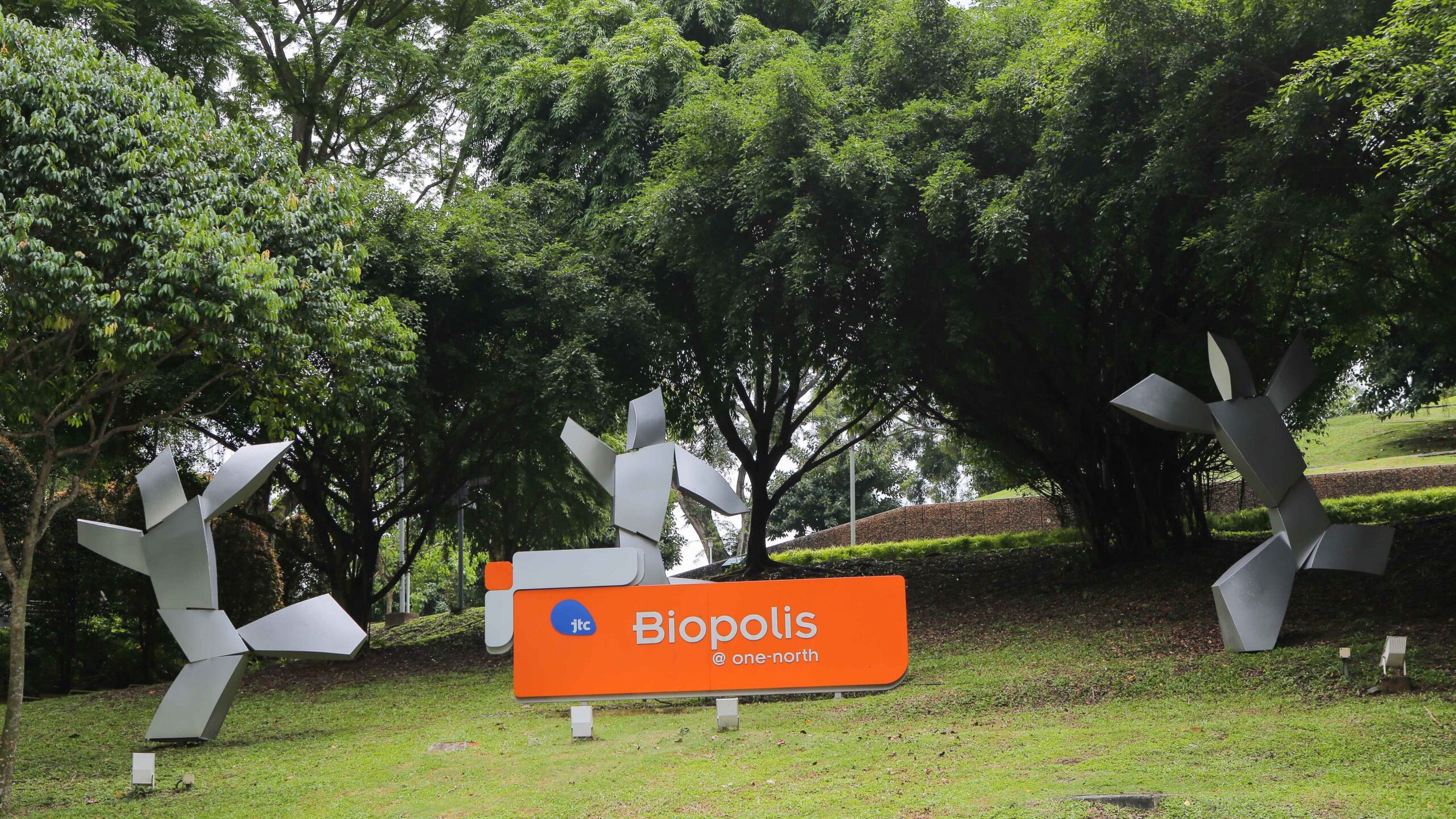Spatial Multi-Objective Land Use Optimisation toward Livability Based on Boundary-Based Genetic Algorithm: A Case Study in Singapore
January 8, 2023

The Population White Paper, released on 9 January 2013, proposed a projected population of 6.5 to 6.9 million residents in Singapore by 2030. In order to support this population, it is necessary to promote better livability, alongside reclaiming additional land and intensifying new developments.
Land use optimization is defined as the process of allocating different activities to various geographical units, such as residential land, industrial land, and recreational facilities. In land use planning and optimization, the ultimate goal is to achieve both sustainability and livability, with sustainability aiming to meet the current generation’s needs without threatening the lives of future generations, while livability concentrates on more explicit goals and immediate action. However, it is difficult to achieve these objectives simultaneously, due to the complexity of spatial characteristics and the non-linearity of objectives and constraints. Decisions must be made not only on what to allocate, and on how much to allocate, but also on where to allocate.
For land use planning and optimization, to raise livability is to create a more desired and livable environment through the allocation of land use types and reasonable use of natural resources while allowing the environment, economy, and society, to flourish. In ‘Spatial Multi-Objective Land Use Optimisation toward Livability Based on Boundary-Based Genetic Algorithm: A Case Study in Singapore’ (ISPRS International Journal of Geo-Information, 2020), Dr Cao Kai (NUS Department of Geography), Ms Liu Muyang (NUS Department of Geography), Ms Wang Shu (NUS Department of Geography), Dr Zhang Wenting (Huazhong Agricultural University College of Resources and Environment), Professor Qiang Meng (NUS Department of Civil and Environmental Engineering), and Professor Huang Bo (The Chinese University of Hong Kong Department of Geography and Resource Management) study how the concept of livability can contribute to the understanding and modelling of spatial multi-objective land use optimization. To illustrate this, a spatial multi-objective optimization model is applied in a case study revolving around the Central Region of Queenstown Planning Area.
One North is considered to be Singapore’s Silicon Valley, being an integrated scientific and technology innovation centre. With the idea of work-live-play-learn development in One North, various land uses such as commercial, residential, business, and institutional need to merge in a single dense place while maintaining the liveability and vibrancy of the site.
In the case study, the generated solutions produced by the researchers’ model were compared with solutions generated by planners. The computer-generated solutions outperformed the two real planned scenarios, showing how the researchers’ proposed model may be used as suggested planning scenarios to support decision-makers’ planning processes in the future. Since certain planning strategies employed by planners cannot be reflected in the computer-generated planning scenarios, the planners’ designs should be integrated with the computer-generated solutions to supplement each other for more effective “smart planning”.
Read the article here.
